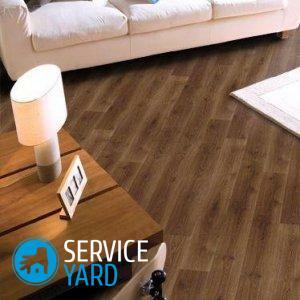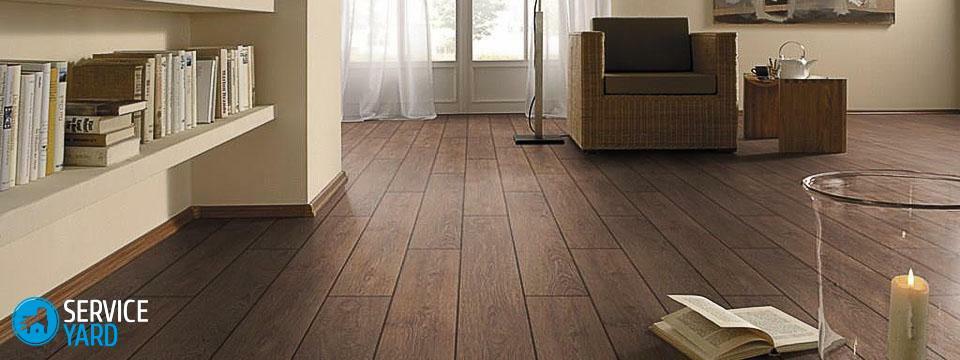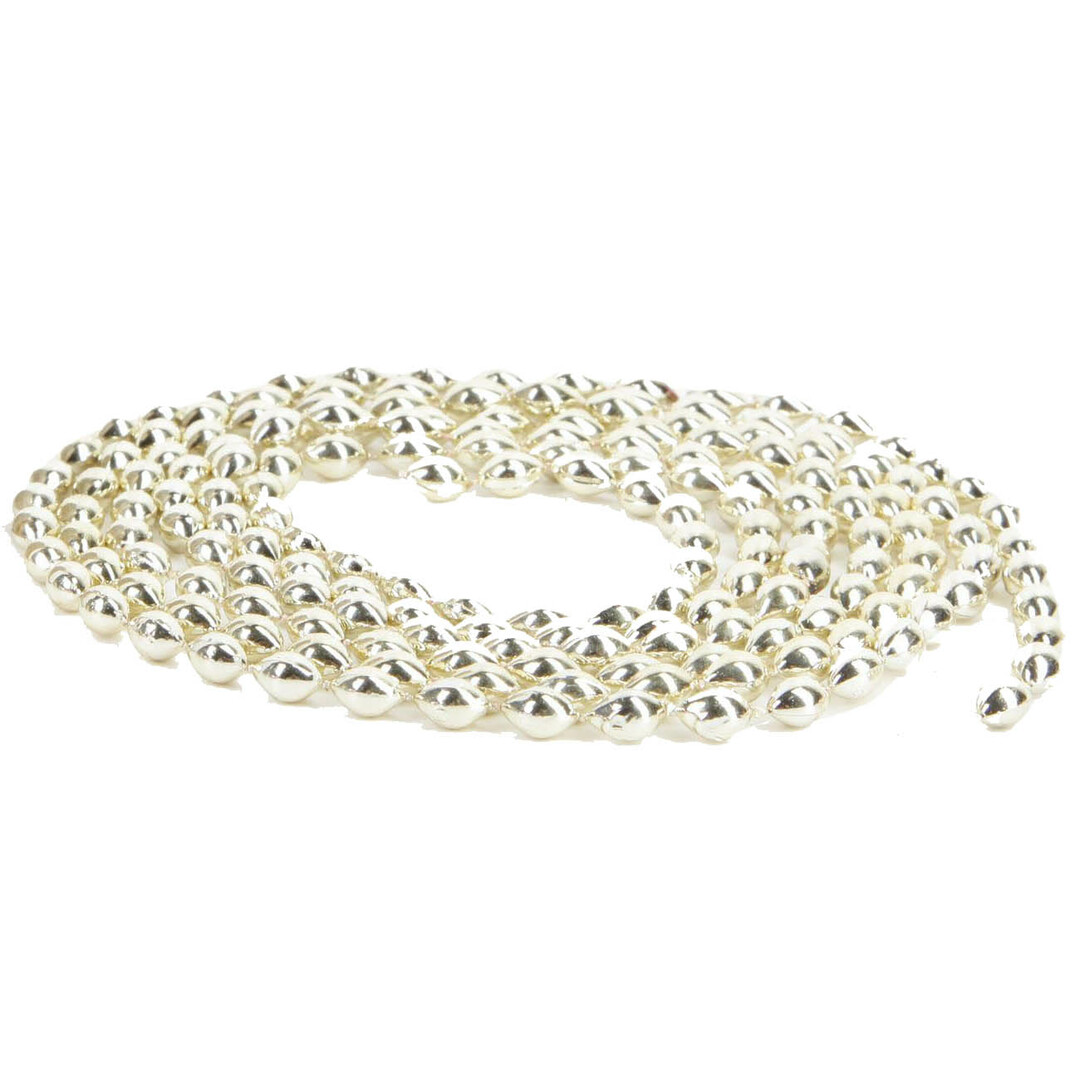
- Basic criteria
- Types of laminate
- Coating and laminate base
- Selection by the method of joining
- panels What is the difference between LDL and other coatings?
- What to look for when buying a laminate
- How to choose a laminate: practical advice
- Which laminate to choose - cheap or expensive?
- Caring for laminate
Before making repairs in an apartment or a private house, we think about how to choose good and high quality flooring material, and even so that it was inexpensive, served us long, and there were no signs of wear and tear on it,cuts from furniture, shoes, etc. One such coating is laminate( also called laminate flooring - LDL).Laminate is a widely known product that is used in the repair and construction of residential premises for flooring. If you choose this coating, which laminate is better to choose for an apartment? The answer to this and many other questions is in our article.
to the contents ↑Basic criteria
This coating can be easily cleaned of stains, and besides it is not afraid of heat, which can not be said about other materials. That is, if you accidentally miss a hot device - nothing will happen to the material, it will remain unharmed. But such a result can only be obtained if you know how to choose a laminate for an apartment.
LPN should be chosen according to the following criteria:
- Shock resistance;
- Resistance to moisture;
- Wear resistance;
- Scratch resistance;
- Laminate Surface Design;
- Brand;
- Price.
Types of
laminate By design, it's easiest to determine which laminate floor is best for an apartment. There are two types of LDL: commercial and household:
- Commercial type is intended for office or commercial premises where there is a large load on the floor.
- Household is just the same for a private house or apartment.
Important! Ultra-high wear resistance and resistance of the laminate to scratches is very important in rooms where a very large load goes to the floor( offices, warehouses).
to content ↑Laminate coating and base
Laminate is a multi-layer material. Let's figure out what it consists of:
- Base;
- Decorative layer;
- Protective layer;
- Stabilizing layer.
Each of these layers has its own characteristics and functions that they perform:
- The decorative layer of the laminate has a wide variety of design. For example, for wood, marble, tile, granite with unusual ornaments. But most often in homes you can find a laminate made under a tree.
- The protective coating is made of melamine-formaldehyde resins that protect against external stimuli.
- For the base, waterproof boards of fiberboard, particle board, MDF and HDF are used. Plates of fiberboard and MDF use medium density( 650-850 kg / m³).Laminate with this density is used for rooms where there is a great deal of patency.
Important! For a house with a heavy load, it is worth using a material based on the HDF plate, because it is denser than the boards of fiberboard and MDF.Accordingly - and the price of such coverage is more.
Production technology
Different methods are used in laminate manufacturing, but the most well-known technology is direct pressing( DPL).How does this technique work: the decorating layer of paper is laid on the laminate base, the protective layer is placed on top, and the stabilizing layer is placed under the substrate. After that, the whole structure is pressed.
Important! Sometimes kraft paper is placed between the base and the decorative layer - due to this, the coating becomes stronger and more resistant to moisture.
to the contents ↑Selection by the way of joining the panels
The most interesting process after buying a laminate can be called its packing, because it looks like a game of puzzles. There are two methods of joining the cover panels: a lock and with glue.
Important! The latter method has one big disadvantage - if glued, there will be no possibility to replace the panel if it is damaged. But with the castle method, this is permissible.
Locking method of connection is driving and with snap locks:
- The main advantage of snap locks - the laying process can be done by yourself.
- The driving method requires a hammer and other tools.
Important! Which laminate floor is best to choose for an apartment by this criterion - determine for yourself, proceeding from such conditions:
- plan to perform the installation yourself or give preference to professional performance;
- are you ready to pay masters for laying floor decor, because the amount can be up to half the cost of the material itself;
- do you have sufficient knowledge and skills for laying a laminate.
How does LDL exceed other coatings?
- This building material is very practical and eclipses other coatings with its high impact resistance, resistance to moisture, erasure and scratches.
- It withstands heavy loads and easily fits, and besides it is unpretentious to temperature.
- An additional advantage, as already written above - it is possible to erase any stain.
- You can also choose to order any of its design, which you like - there are no limitations.
- The cost of the material fluctuates in the widest range, therefore from the offered variants it is easy to choose floor decor of the economy-variant or an elite coating of a decent quality level.
What to look for when buying a laminate
The first thing you need to do to choose the right laminate for an apartment in quality - note the safety of the coating - it should not contain formaldehyde above the norm( it is contained in any natural wood in a small amount).
Important! If the package says E1 or EN - then this is the norm and the product is safe.
In addition, it is worth paying attention to the coverage classes. In the marking there are several numbers:
- first - indicates the thickness of the material( from 2 to 4);
- second speaks of the strength of the laminate( from 1 to 4).
Why should you know the strength of a laminate?
The strongest coating is marked 3 or 4 in the second digit. How is the strength of the laminate tested? There is a special trowel - tiber. The more it makes the circuits, the stronger our coating:
- Digit 1 - the tiber made from 6,000 to 10,000 revolutions;
- 2 - from 10 000 to 18 000;
- 3 - from 18 000 to 25 000;
- 4 - more than 25 000.

For what rooms is laminate intended?
- If the package contains figures 2 and 1, then this is a very weak laminate, and it can only be taken for rooms with low load.
- If 3 and 2 - then it can be taken for rooms with a small load.
- The product with figures 3 and 4, 4 and 2, 4 and 3, 4 and 4 can be safely taken, because it is very durable and will withstand many loads.
Important! All these figures indicate the thickness and strength of the coating.
to the contents ↑How to choose a laminate: practical advice
Which laminate is better and better? Laminate is divided into six classes - they characterize the wear resistance and strength of the coating. To determine how strong the material is, it is enough just to find out which class it belongs to - as already written earlier, the higher the class, the more stable the floor.
Class
In the domestic type of coverage there are three classes: 21,22,23, and in commercial - 31,32,33.How correctly to determine which laminate is best to choose for an apartment by this criterion?- Follow these recommendations:
- Class 23 - can be used in the kitchen or in the hallway, where the floors are exposed to moisture, abrasion and a strong weight load.
- In the living room or children's room, class 22 can be used, since in such rooms, as a rule, the load is slightly less.
- A less stable class is 21 - it can only be used where there is less walking( for example, a pantry).
- If you have a constant load in all rooms - then you can safely take a laminate from 31 to 33 class. And besides, he well resists moisture.
Thickness
Thickness is a very important point when buying. It is from 6 to 12 millimeters.
Important! The greater the thickness of the material, the better sound insulation and damping, that is - convenience when walking.
It is worth paying attention to the area of the room where there will be a repair - the bigger it is, the thicker you need to take the material, otherwise - the floors will creak.
Substrate type
According to the technological requirements, it is necessary to spread the substrate before laying the laminate - if there are any unevenness of the floor, the substrate will all smooth out. It can be of three kinds:
- Foam polyethylene substrate is inexpensive, it has good heat and sound insulation. Its minus is that at the end of time it can sink.
- Cork substrate - has very good thermal insulation, does not sag. Minus - it can form condensation and it is not expensive at all.
- Rubber or combined substrate - has all the good qualities of the first and second substrate, but it has a very high cost.
Which laminate to choose is cheap or expensive?
Not everyone can afford to spend a lot of money on repairs. But in this case, first of all, you need to look at the features of the coating, choose which laminate is best for the apartment, and lastly look at the price:
- If you do not count on the fact that the material will not last long or often like to experiment with the interior, then you can take an inexpensive laminate( starting from grade 21).
- If you want the quality to justify the money you spent - it's better to take a laminate, starting from class 23( 23,31,32,33 classes).
- Classes 31-33 - commercial, designed more for offices and warehouses, and therefore in your home will last longer.
Important! The service life of the coating in the house / apartment:
- 21 class - 1-2 years,
- 22 class - 2-4 years,
- 23 class - 4-6 years,
- 31 class - 10-12 years
- 32 class - from 12up to 15 years,
- 33 class - from 15 to 20 years.
Laminate care
To care for the floors, you do not need to spend money on expensive products:
- For small impurities, it is sufficient to take an ordinary floor cleaner.
- If the dirt is very strong - then you will benefit from such cleaning agents as Loba, Laminatclear or any of their analogues.
Important! Chewing gum and similar substances can be carefully removed using a plastic or wooden scraper.
As you can see, taking care of the laminate is simple enough, but you need to master several rules of its operation depending on the class:
- Cleaning should be wet, but not wet. What kind of mop to choose to regularly perform the correct wet cleaning of the laminate coating, because the excess water on it is fraught with swelling and deformation of the panels?- Suitable mop of thick foam or microfiber.
- Cleaning the floors can be vacuumed with a mop, but if you need to remove serious stains, then take a regular mop or remove them manually using a rag, sponges.
- Mop movements do with the laminate panels.
- Wash the floor with warm water, and if possible wipe dry with a dry cloth if possible.
- Laminate does not require any polishing agents or waxes.
- Do not leave water on the surface - it can pass through the joints and, like any tree, the laminate will warp.
- Do not use soap for washing the floor - it corrodes the tree.
- Acid and alkaline agents and cleaners corrode the surface of any coating - it is not recommended to use it.
Important! Usually, the laminate manufacturer's firm itself advises certain brands of detergents and cleaners.
We hope, our advice will help you choose a quality laminate, properly lay it and take care of the finished coating with a minimum of time. So - a competent approach will allow you to maintain a high aesthetics and a special cosiness in your home longer.


